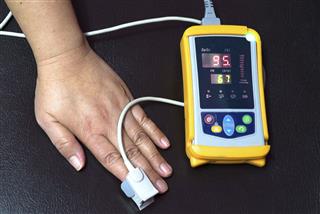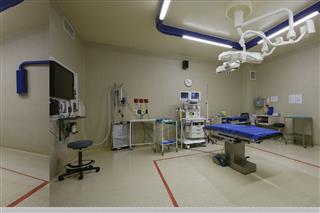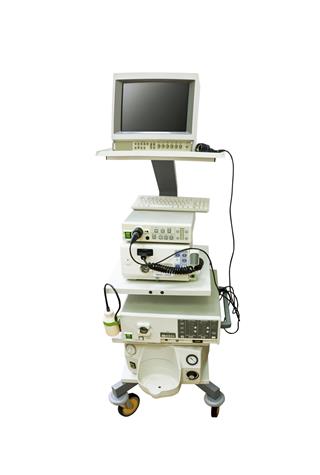
Angiogram has several benefits when it comes to diagnosing certain heart conditions. However, it may have its own share of side effects too. This article elaborates on the possible side effects of an angiogram.
Angiogram makes way for an easy diagnosis of any blockages or narrowing in the arteries of the body. This is an invasive medical test wherein, a long flexible (tube) catheter is inserted into an artery at the groin area of the body. This tube is inserted in order to deliver a contrast agent which would make the arteries visible on the X-ray. This contrast agent tends to be a special radio-opaque dye. With the help of this procedure, which lasts about one hour, medical conditions such as tumor, stroke, aneurysm, clots, and arterial stenosis can be diagnosed by the doctors.
Possible Risks or Side Effects of Angiogram
- After you have undergone the test, you may feel a little discomfort due to mild tenderness and bruising at the operated site. The bruising may result from a small amount of bleeding when the tube is removed. This is, however, not a complication of any sort and it is normal. Mild headache is also common to be felt after the procedure. To manage the pain, you may take some painkillers. Also, drinking plenty of fluids over the next few days, would help in flushing out the contrast dye from the body.
- One common side effect of angiogram could be an allergic reaction to the contrast dye. This reaction may manifest itself in the form of itching or rash if mild, or into breathing problems if it is severe.
- One less common side effect may be a damage to the blood vessels. This risk has more chances to occur if in case the artery is already diseased. The catheter that is inserted, may make a hole in the blood vessel or loosen a piece of plaque lining the artery wall. So it may happen that this loose plaque makes its way into the brain and block the blood flow, which might end up in a stroke.
- A common aftereffect could be a feeling of warmth and brief metallic taste. Apart from this, one may undergo reactions such as skin rashes, vomiting, asthma, low blood pressure, and heartbeat disorders.
- Kidney damage could be a severe side effect of the procedure for those whose kidney functions are already impaired, or those with diabetes or are dehydrated. The damage could occur because of the contrast dye used in the angiogram.
- Severe hives and troubled breathing could also occur as side effects but rarely.
- Numbness may also be felt in the front of the thighs and legs. This gets better and wears off after an hour or so, though.
- Blood clots, which might occur within the artery, are also considered as one of the severe risks of angiogram.
- Also, it may happen that the catheter may suffer a breakage and leave a small fragment inside the body. It is, however, very rare to occur as physicians take utmost care while carrying out the procedure.
How to Avoid Side Effects
It is important to inform your doctor before you get prepped for the angiogram about:
- Pregnancy
- Nursing
- Allergy to iodine dye
- Any history of anaphylaxis
- Asthma
- Bleeding disorders
- Kidney disorders or diseases
- Allergy to medicines
Preparation for Angiogram
On the night before your appointment, you may be advised not to eat or drink past midnight. In case you are on regular medicines, then do not forget your normal morning dose. You must make arrangements for someone who could drive you home after the test gets over. After you meet the doctor, you will be briefed on the different prospects of the angiogram, its possible complications, answered on any of your queries and finally asked to sign a consent form.
It is also important that you brief the doctor about your medical history related to any conditions such as asthma, hay fever, heart or kidney problems, or any allergic reaction to drugs or tests. This is essential as, in case of kidney problems, the contrast medium can possibly damage the kidneys, if safety measures are not taken. Changing to a hospital gown is common. When the procedure starts, a small drip will be placed into a vein in the arm. The inner thigh and groin area would have to be shaved and cleansed. Well, what happens during the procedure may not be of so much concern for you but know that most catheter manipulations are painless.
The above outlined angiogram side effects can be managed by your physicians and prevented to worsen overtime. It is to be known that all these risks do not occur with everyone undergoing this procedure. And the exact side effects of this procedure may vary from person to person depending upon his/her medical history and general health.
Disclaimer: The information provided in this article is solely for educating the reader. It is not intended to be a substitute for the advice of a medical expert.





